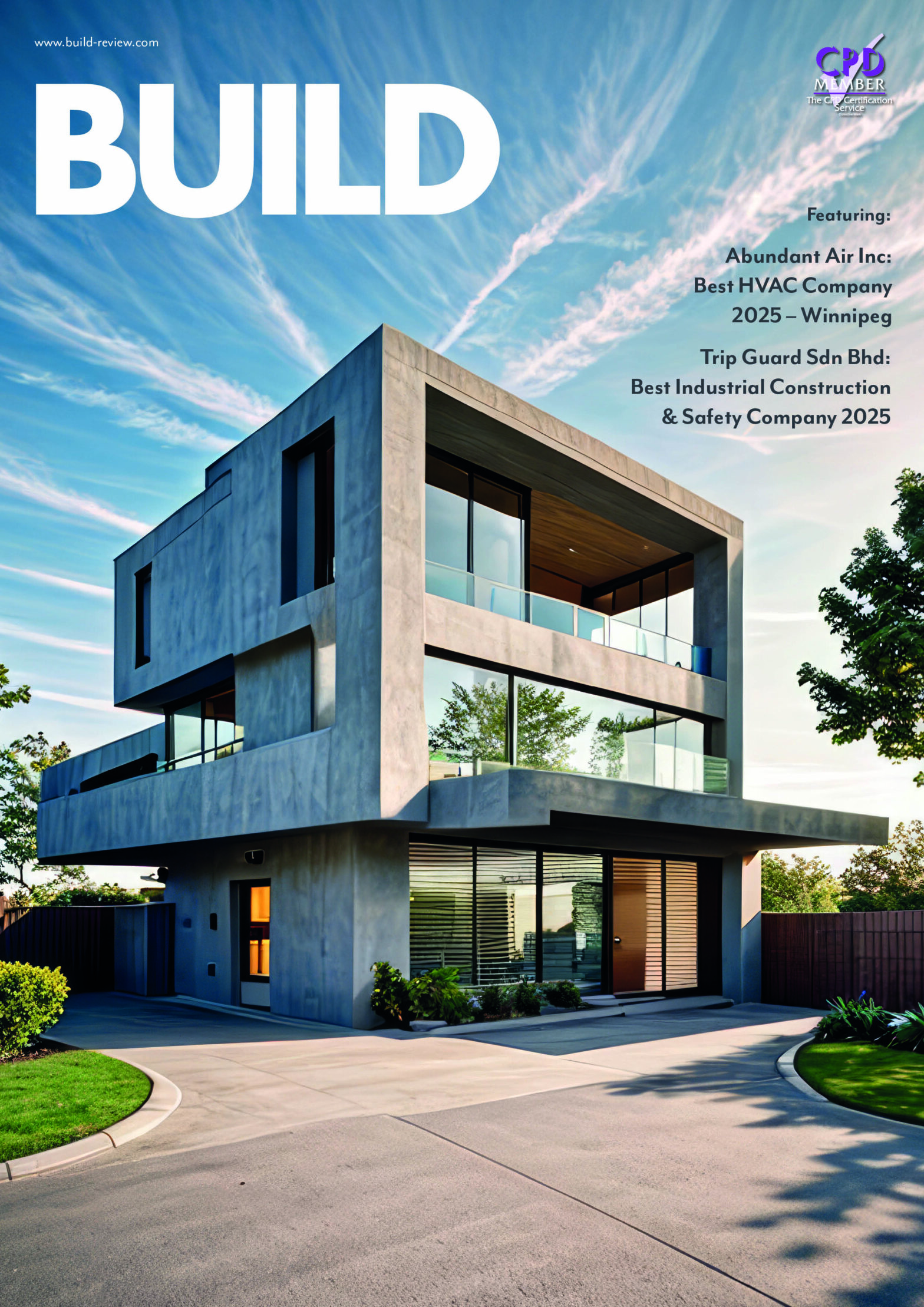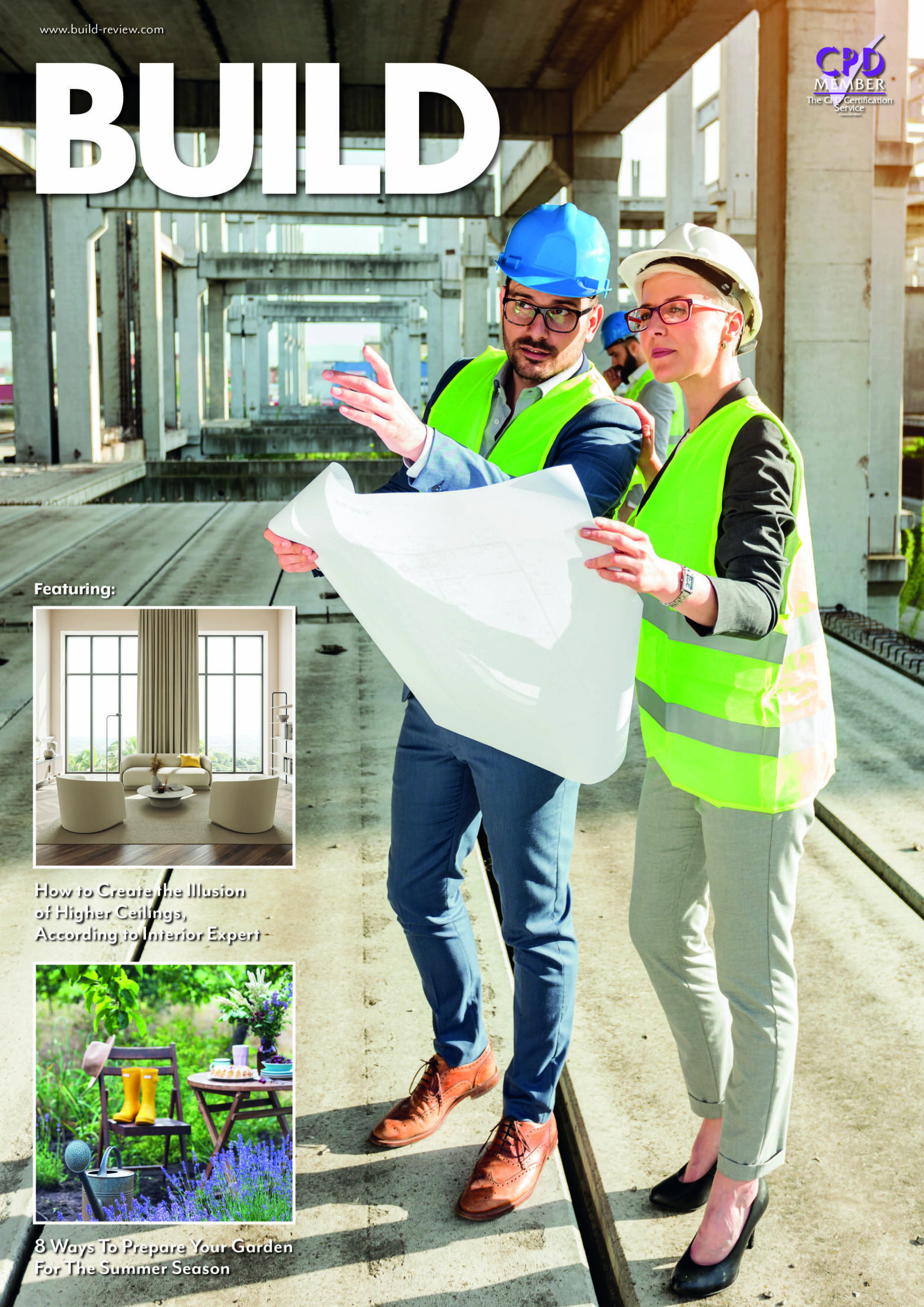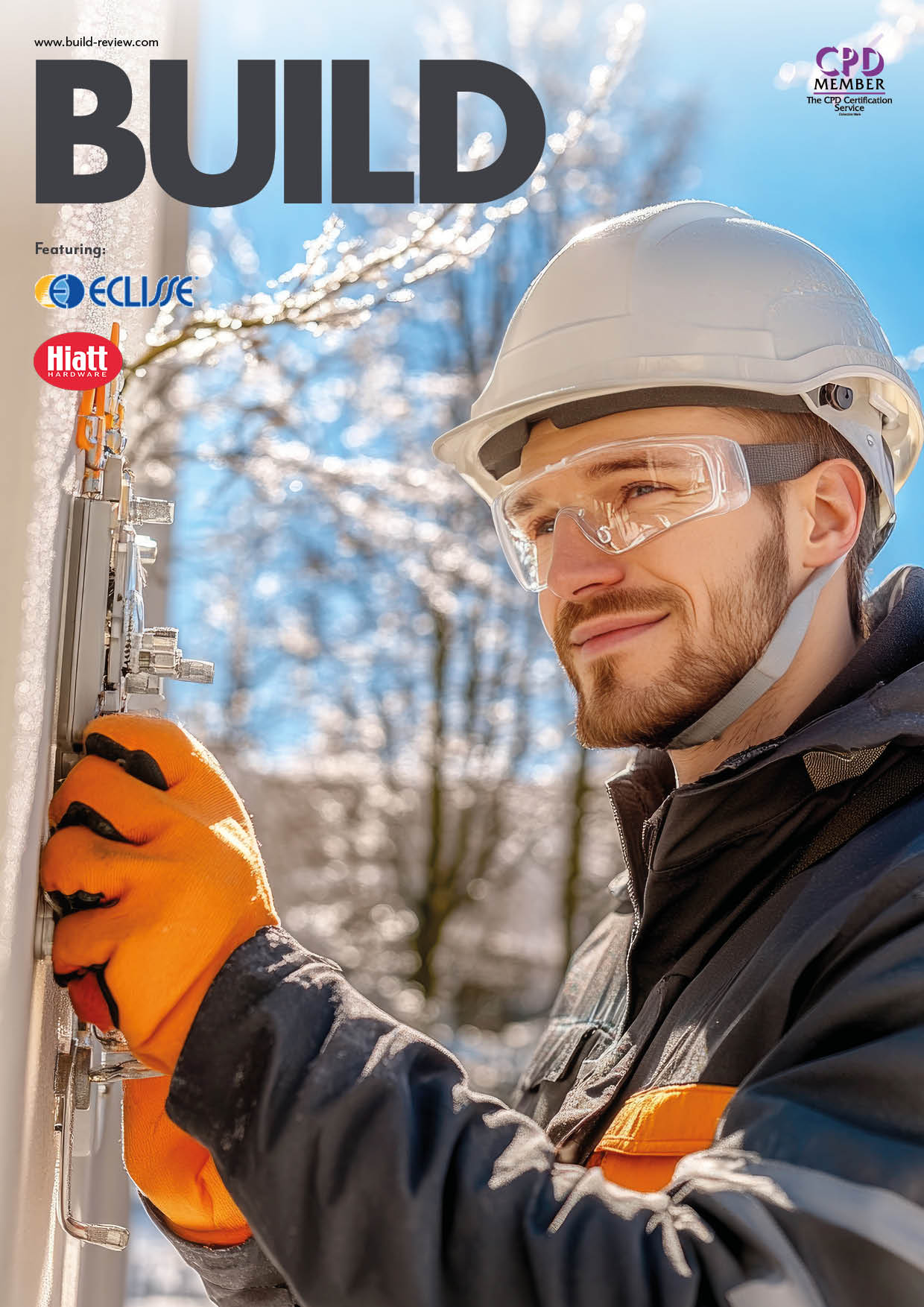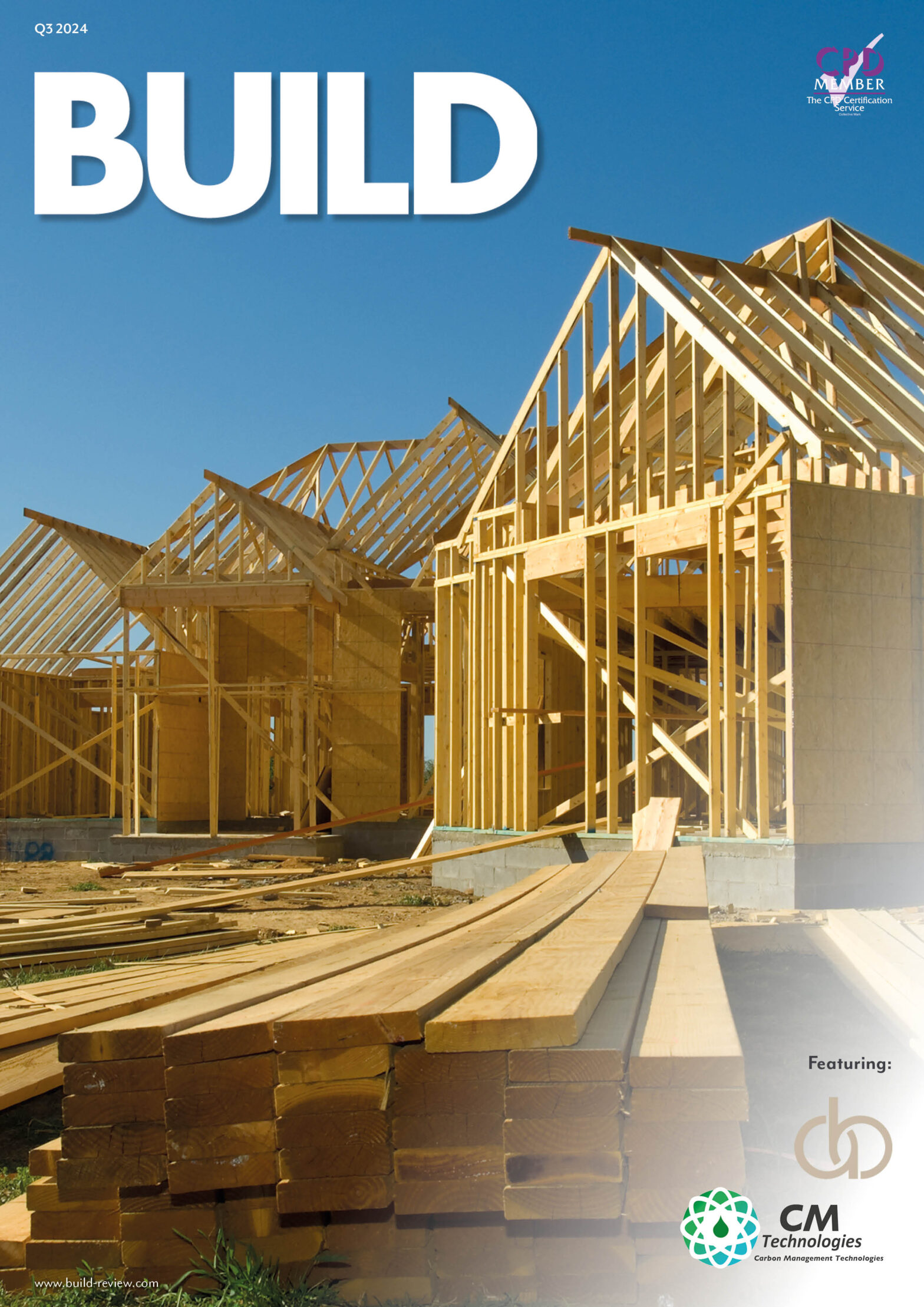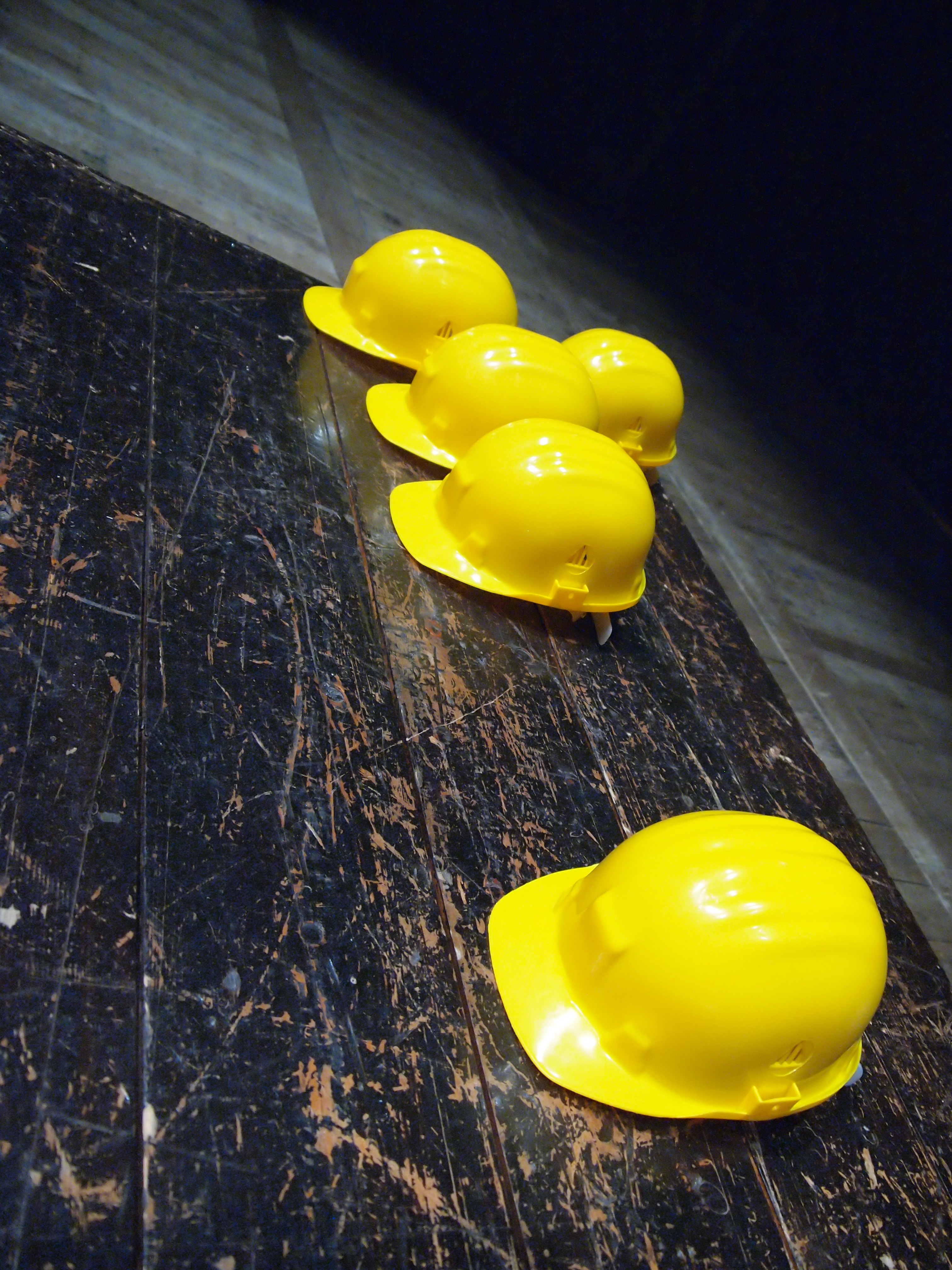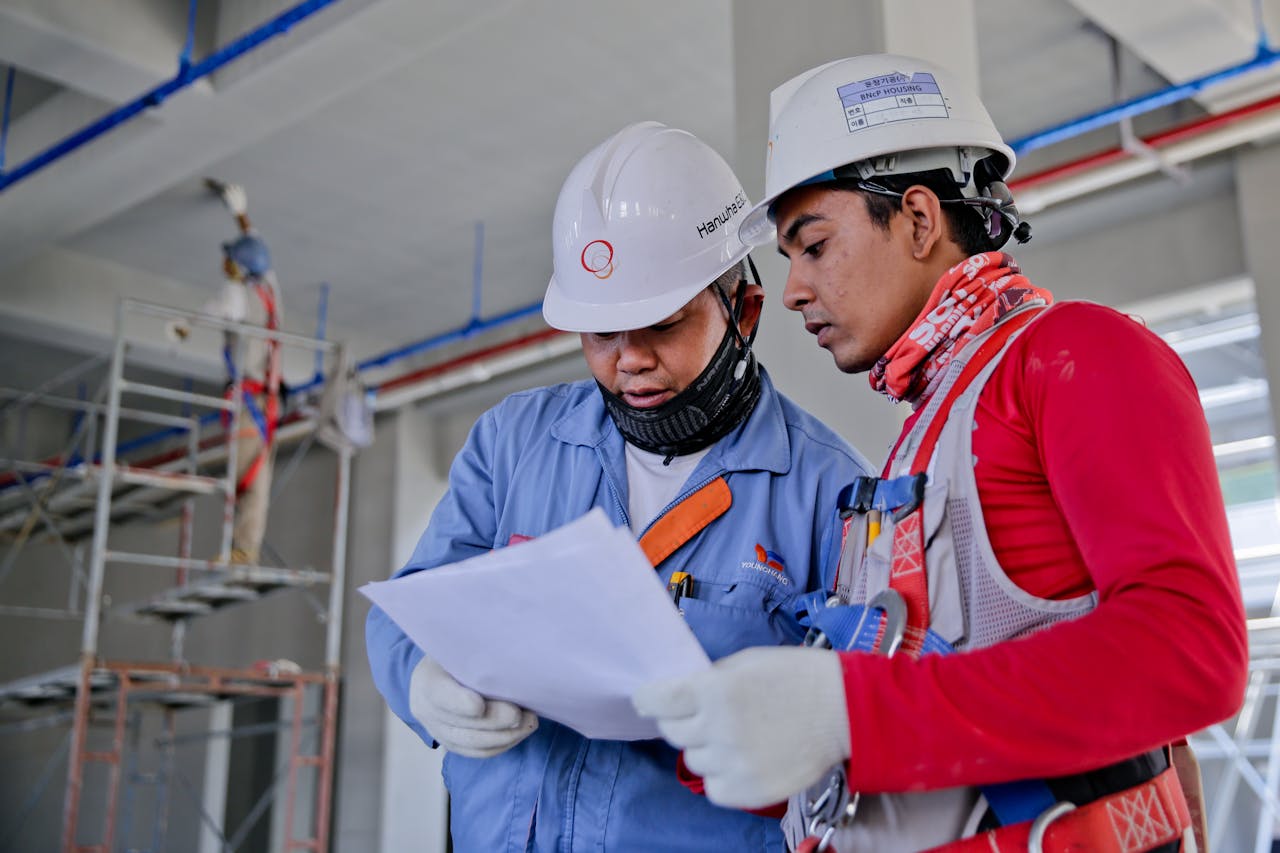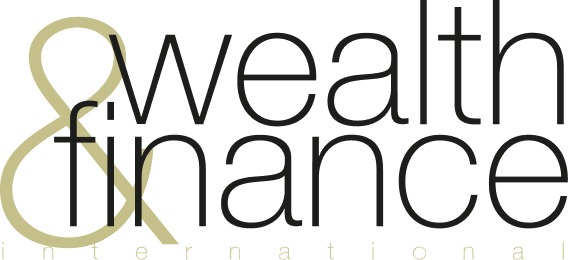In the rapidly evolving healthcare infrastructure landscape, construction and renovation projects continue to rise at an impressive rate. Recent industry analyses reveal that the global healthcare construction market is projected to reach $309.93 billion by 2025, growing at a compound annual growth rate (CAGR) of approximately 3.0%.
However, the projects present unique challenges. Whether you are responsible for managing these complex projects, prioritising safety becomes not just a regulatory requirement but an ethical imperative. Here are eight critical safety tips you need to implement on your next healthcare construction project.
Develop Comprehensive Infection Control Risk Assessments
Before breaking ground on any healthcare facility project, you must conduct a thorough Infection Control Risk Assessment (ICRA). This assessment helps you identify potential hazards that could compromise patient safety during construction activities.
Your ICRA should elevate air quality risks, water system contamination possibilities, and vibration impacts that might affect sensitive medical equipment. By categorising construction activities according to their potential infection control risks, you can develop targeted mitigation strategies appropriate for each phase of your project. Remember that proper risk assessment can reduce construction-related infections by up to 65%.
Implement Effective Containment Systems
When managing healthcare construction projects, proper containment becomes your frontline defence against contaminant spread. Your containment systems need to include:
- Airtight barriers separating construction zones from patient areas
- Negative air pressure maintenance within work zones
- HEPA filtration for exhausted air
- Anteroom systems for worker entry or exit
These measures help ensure that dust, debris, and potentially harmful microorganisms remain confined to the construction area. Industry best practices recommend monitoring pressure differentials continuously rather than relying on periodic checks to maintain effective containment.
Create Dedicated Traffic Pathways
You must establish separate routes for construction workers, materials, and debris removal that avoid patient care areas. This separation prevents cross-contamination and minimises disruption to healthcare operations.
Your traffic plan should include clearly marked pathways, covered debris carts, and scheduled movement during off-peak hours whenever possible. By implementing dedicated pathways, you can reduce the risk of nosocomial infections by approximately 30% during construction periods.
Coordinate Utility Work Strategically
When planning utility interruptions, you need to coordinate meticulously with hospital staff. Remember that in healthcare environments, even brief disruptions to power, water, or medical gas systems can have serious consequences.
Always provide detailed schedules and backup plans for any service interruptions. Work closely with facility managers to identify critical systems that require uninterrupted operation and develop contingency plans for each. Schedule major utility work during periods of lower clinical activity when possible, and always have emergency restoration protocols in place.
Manage Noise and Vibration
Healthcare settings require environments conducive to healing. This makes it essential to manage noise and vibration in your construction. Excessive noise can increase patient stress levels and impede recovery, while vibrations can disrupt sensitive procedures and equipment. You should:
- Schedule noisy activities during agreed-upon hours
- Use noise-dampening equipment and barriers
- Monitor vibration levels, particularly near sensitive areas like operating theatres
- Communicate in advance about unavoidable disruptive activities
Prioritise Fire Safety Measures
Healthcare facilities present unique fire safety challenges during construction, particularly with limited evacuation options for non-ambulatory patients. You must maintain heightened fire prevention protocols throughout your project.
Ensure continuous operation of detection and suppression systems, even in areas undergoing renovation. Establish fire watches during and after hot work, and never compromise fire separations or evacuation routes. Regular fire safety inspections should increase in frequency during active construction phases.
Control Dust and Airborne Contaminants
Airborne particulates from construction activities pose significant risks in healthcare environments. You need robust dust control measures, including:
- Wet methods for cutting and demolition
- Walk-off mats at construction entrances
- HEPA-equipped vacuum cleaners
- Regular cleaning of affected areas
Your dust control plan should address both visible dust and microscopic particles that can host pathogens. Regular air sampling around construction barriers provides valuable data on the effectiveness of your containment measures.
Maintain Clear Communication Channels
Throughout your project, you must establish and maintain clear communication between your construction team and healthcare staff. Regular coordination meetings allow for discussion of upcoming high-risk activities and provide opportunities for staff to raise concerns.
Designate specific contacts responsible for safety communications on both the construction and healthcare sides. Document all safety-related discussions and distribute updates through multiple channels to ensure all stakeholders remain informed.
Endnote
By implementing these eight critical safety measures, you position your healthcare construction project for success while protecting vulnerable patients and supporting uninterrupted care. In an environment where safety lapses can have life-threatening consequences, your commitment to these protocols demonstrates professional excellence and genuine concern for patient wellbeing.

